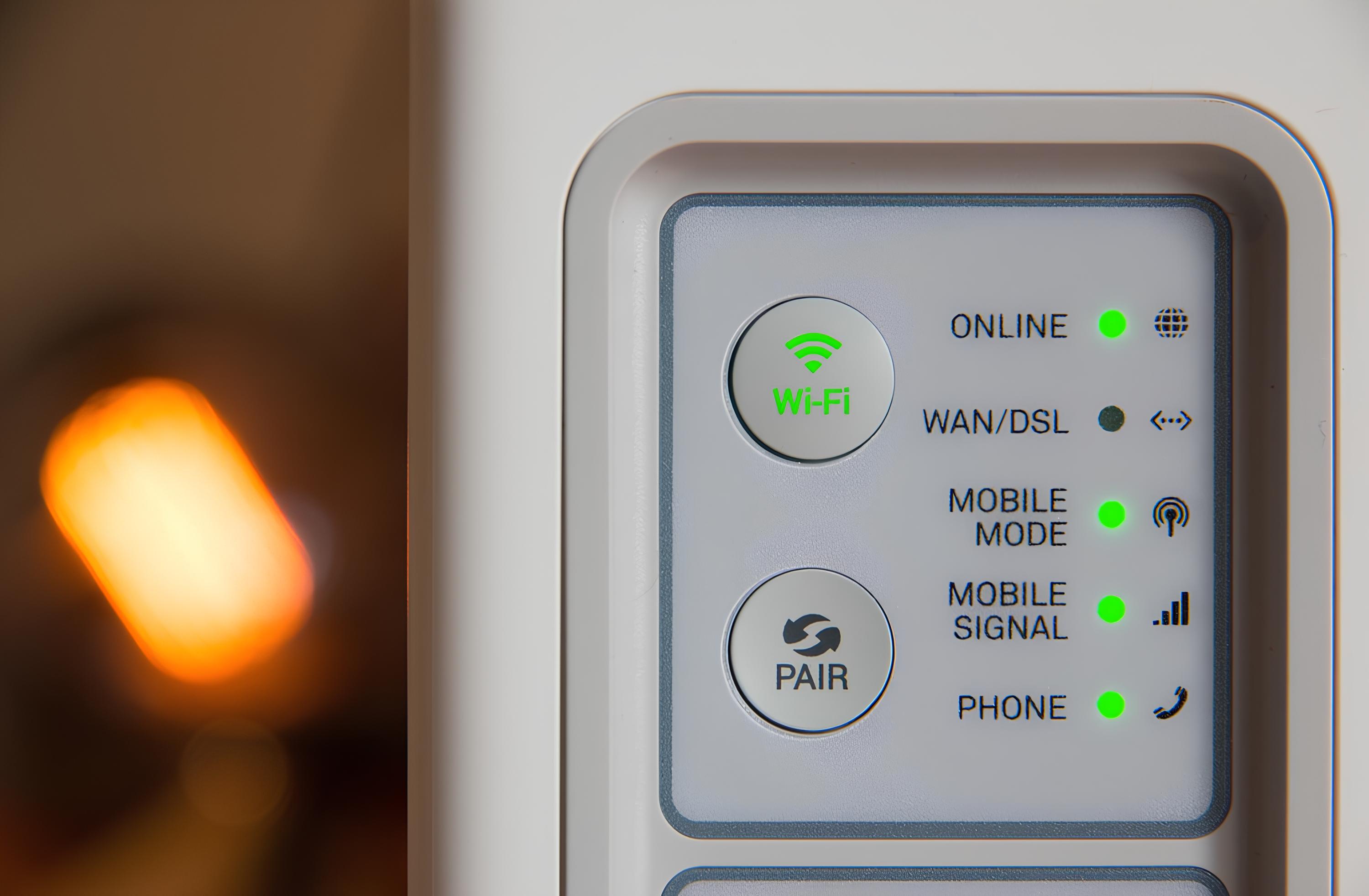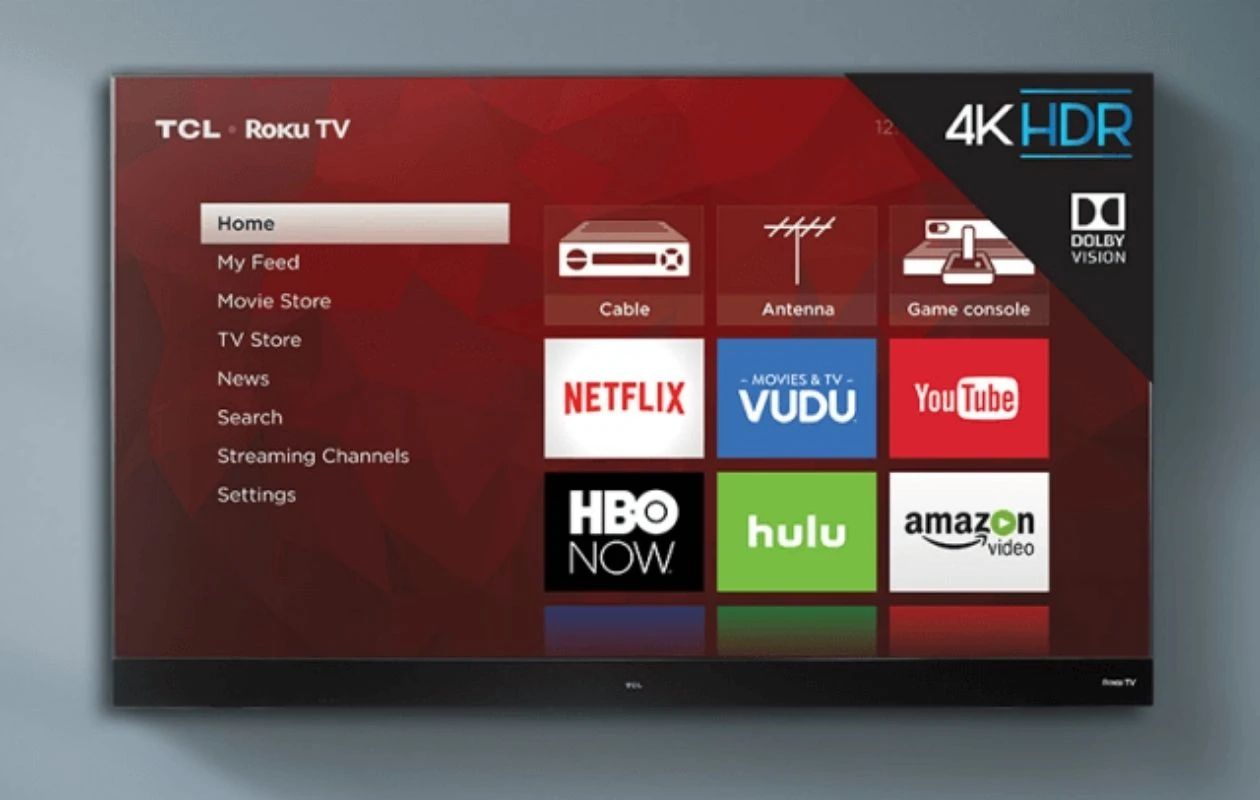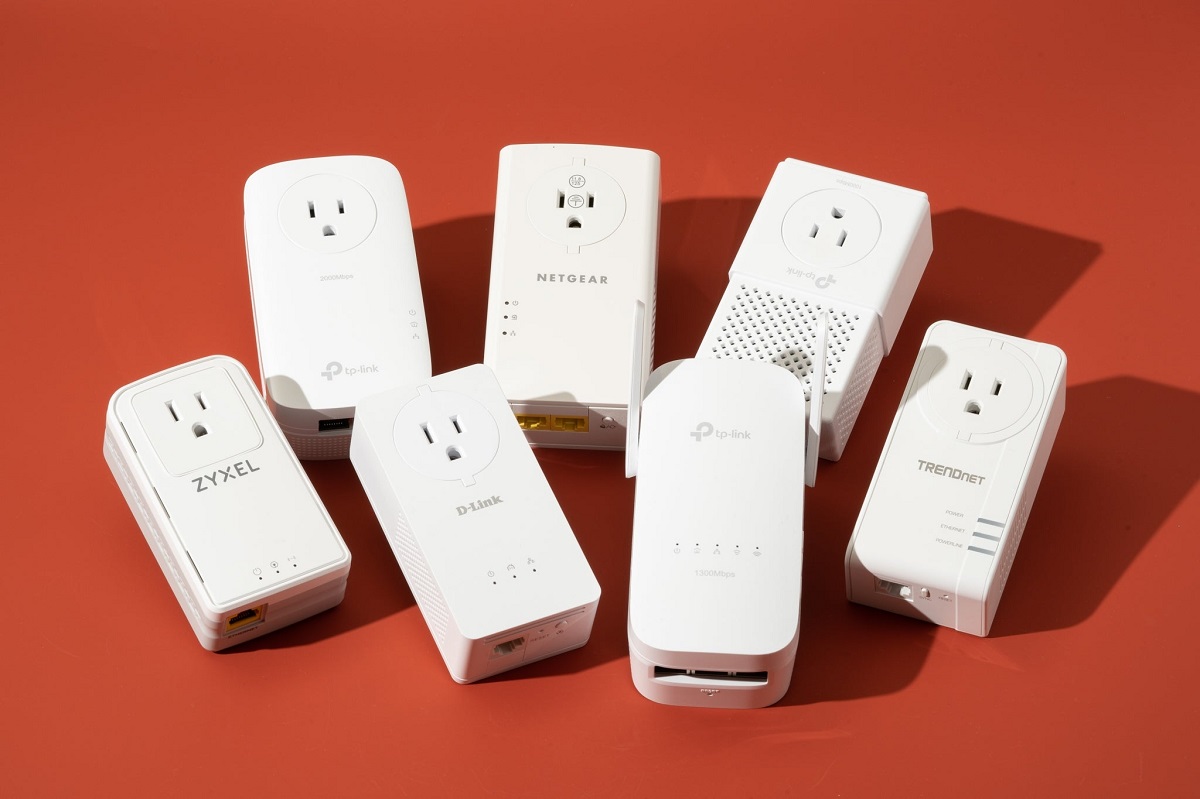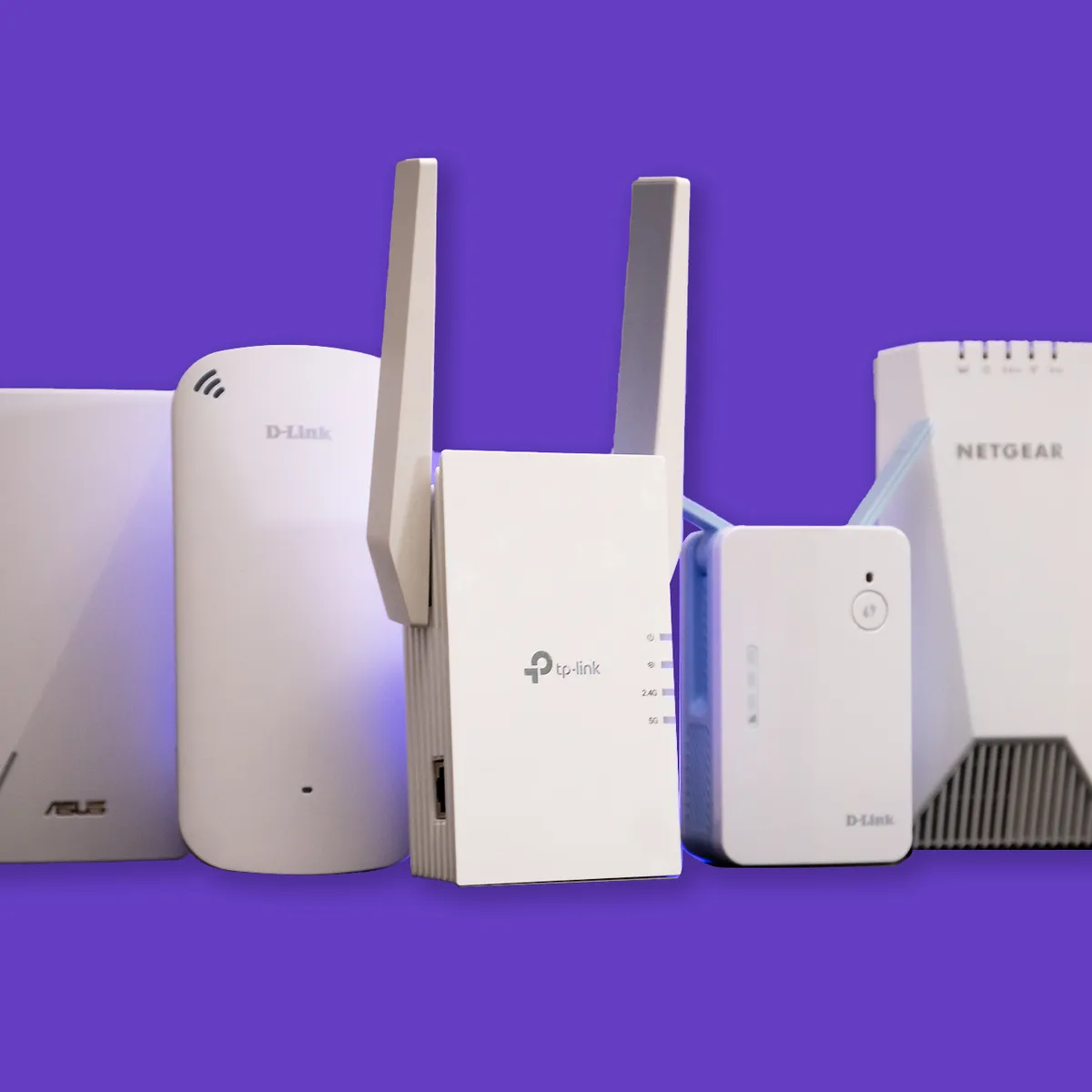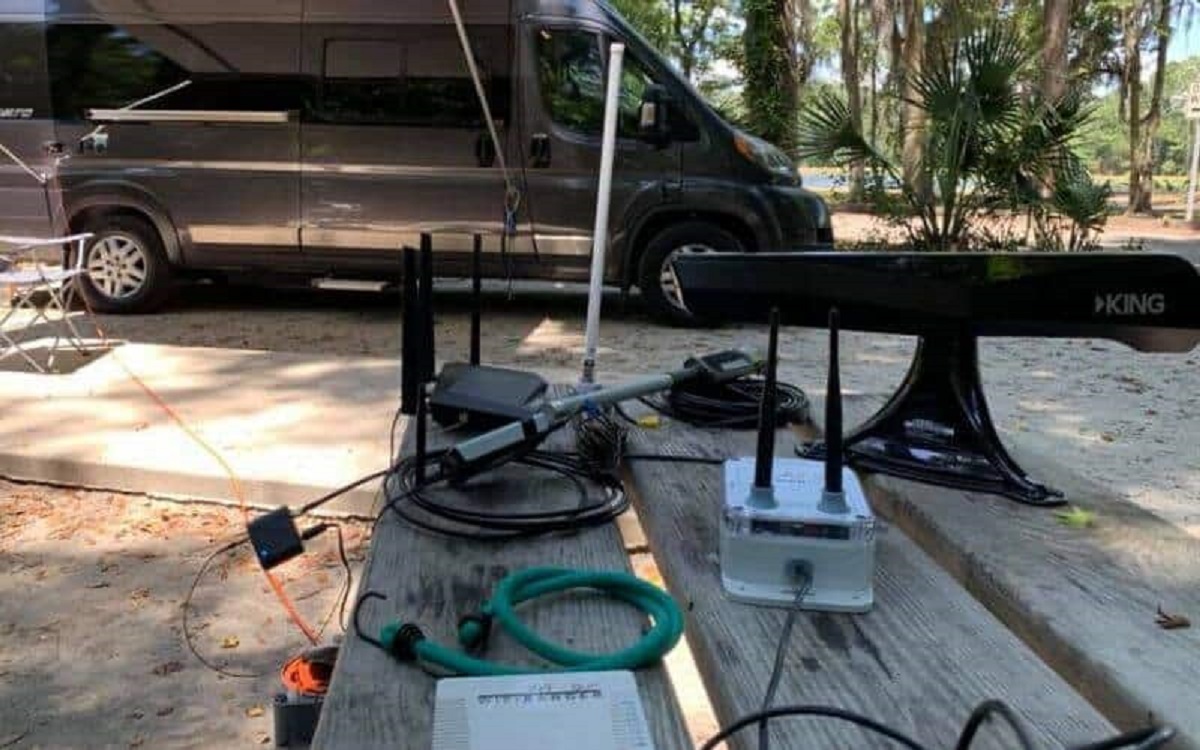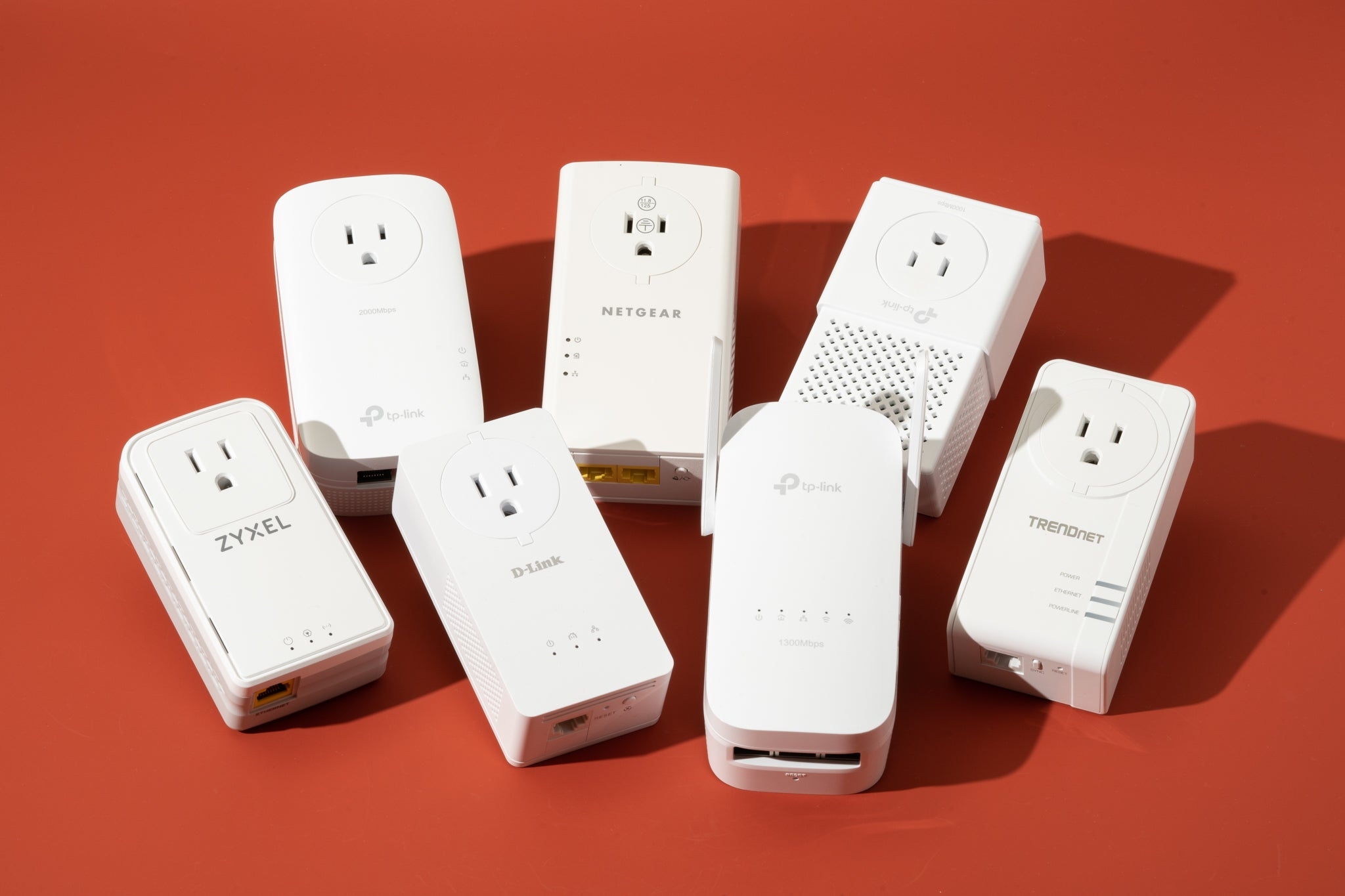What is WPS on Hotspot?
Wi-Fi Protected Setup (WPS) is a feature commonly found on wireless routers and hotspots. Its primary purpose is to simplify the process of connecting devices to a secure Wi-Fi network without the need to manually enter a long and complex passphrase. This convenience is particularly appealing for users who are less tech-savvy or those who find it cumbersome to remember and input lengthy passwords.
WPS offers two methods for connecting devices to a Wi-Fi network: the push-button method and the PIN method. The push-button method involves pressing a physical button on the router or hotspot and then initiating the connection on the device within a specific time frame. On the other hand, the PIN method requires entering an eight-digit PIN provided by the router or hotspot into the device's Wi-Fi settings.
One of the key advantages of WPS is its ability to streamline the connection process for users, reducing the likelihood of errors and minimizing the time and effort required to establish a secure Wi-Fi connection. This feature has been especially beneficial in environments where multiple devices need to be connected to the same network, such as in homes, offices, and public spaces.
However, it is important to note that while WPS offers convenience, it also introduces potential security risks that users should be mindful of. In the following sections, we will delve deeper into the security implications of WPS on hotspots and explore best practices for configuring and using WPS to mitigate these risks effectively.
Security Risks of WPS on Hotspot
While Wi-Fi Protected Setup (WPS) offers convenience in connecting devices to a wireless network, it also introduces significant security risks that users should be aware of. Understanding these risks is crucial for safeguarding sensitive information and preventing unauthorized access to the network.
One of the primary security concerns associated with WPS is its vulnerability to brute force attacks. The eight-digit PIN used in the WPS PIN method can be exploited by malicious actors who attempt to guess the PIN through automated trial and error methods. Since the PIN is relatively short, it can be susceptible to brute force attacks, allowing attackers to gain unauthorized access to the network.
Furthermore, WPS implementations have been found to contain inherent design flaws that make them susceptible to exploitation. For instance, some routers and hotspots may not adequately lock down the WPS protocol after a certain number of failed PIN attempts, leaving them open to exploitation. This lack of proper lockout mechanisms can enable attackers to persistently attempt PIN combinations until they successfully breach the network's security.
Additionally, the push-button method of WPS can pose security risks in certain environments. If the physical button on the router or hotspot is easily accessible to unauthorized individuals, there is a possibility of unauthorized devices being added to the network without the knowledge of the network administrator. This can lead to unauthorized access to sensitive data and compromise the overall security of the network.
Moreover, the use of WPS may inadvertently weaken the overall security posture of the Wi-Fi network. In some cases, WPS may be enabled by default on routers and hotspots, leaving them vulnerable to exploitation if not properly configured. This default setting can potentially expose the network to unauthorized access, making it imperative for users to proactively assess and adjust their WPS settings to enhance security.
In light of these security risks, it is evident that the convenience offered by WPS comes with potential trade-offs in terms of network security. As such, users should carefully evaluate the necessity of WPS in their specific usage scenarios and consider alternative methods of securing their Wi-Fi networks that offer a more robust defense against unauthorized access and cyber threats.
Configuring WPS on Hotspot
Configuring Wi-Fi Protected Setup (WPS) on a hotspot involves making informed decisions to balance the convenience of easy device connectivity with the imperative of maintaining robust network security. While WPS can streamline the process of adding devices to a Wi-Fi network, it is essential to implement it judiciously to mitigate potential security risks.
When configuring WPS on a hotspot, the first step is to assess the specific WPS options available in the hotspot's settings. Most hotspots offer the flexibility to enable or disable WPS functionality, allowing users to make an informed choice based on their unique security requirements. Disabling WPS may be advisable in scenarios where the added convenience does not outweigh the associated security risks.
If the decision is made to enable WPS, it is crucial to opt for the push-button method over the PIN method whenever possible. The push-button method minimizes the exposure of the network to potential brute force attacks associated with the eight-digit PIN. Additionally, this method reduces the likelihood of unauthorized individuals gaining access to the network by physically pressing the WPS button on the hotspot.
Furthermore, when configuring WPS on a hotspot, it is advisable to implement additional security measures to complement WPS and fortify the network's defenses. This may include enabling robust encryption protocols, such as WPA2 or WPA3, to ensure that data transmitted over the network remains secure. Additionally, implementing strong, unique passwords for the Wi-Fi network further enhances its resilience against unauthorized access attempts.
It is also essential to keep the firmware of the hotspot updated to leverage the latest security enhancements and patches. Outdated firmware may contain vulnerabilities that could be exploited by attackers to compromise the security of the WPS implementation. Regularly checking for firmware updates and promptly applying them is a critical aspect of maintaining the overall security of the hotspot and its WPS functionality.
By configuring WPS on a hotspot with a deliberate focus on security, users can leverage its convenience while minimizing the associated risks. However, it is important to continuously monitor and reassess the WPS configuration in response to evolving security threats and best practices. This proactive approach ensures that the hotspot's WPS functionality remains aligned with the overarching goal of safeguarding the integrity and confidentiality of the Wi-Fi network.
Best Practices for Using WPS on Hotspot
When utilizing Wi-Fi Protected Setup (WPS) on a hotspot, implementing best practices is paramount to strike a balance between convenience and security. By adhering to these best practices, users can optimize the functionality of WPS while mitigating potential vulnerabilities.
-
Regular Security Audits: Conduct periodic security audits to evaluate the effectiveness of WPS on the hotspot. This includes reviewing access logs and monitoring connected devices to identify any unauthorized access attempts or anomalies in network activity. By proactively assessing the security posture of the WPS implementation, users can promptly address any emerging threats or weaknesses.
-
Disable WPS When Not in Use: If the convenience of WPS is not immediately required, consider disabling it on the hotspot. This proactive measure reduces the exposure of the network to potential exploitation and unauthorized access. By enabling WPS only when necessary, users can minimize the window of opportunity for attackers to target the WPS functionality.
-
Educate Users on Security Awareness: Promote awareness among users regarding the security implications of WPS and the importance of exercising caution when connecting devices to the network. Educating users about the risks associated with WPS empowers them to make informed decisions and adopt secure practices when utilizing the feature.
-
Implement Network Segmentation: Employ network segmentation to isolate WPS-enabled devices from critical network resources. By segregating WPS-enabled devices into a separate network segment, the impact of any potential security breaches or unauthorized access attempts can be contained, limiting the exposure of sensitive data and resources.
-
Utilize Strong Encryption and Authentication: Ensure that the WPS-enabled hotspot utilizes robust encryption protocols, such as WPA2 or WPA3, to encrypt data transmissions and authenticate connected devices. Strong encryption and authentication mechanisms bolster the overall security of the network, reducing the likelihood of unauthorized access and data interception.
-
Stay Informed About Security Updates: Stay abreast of security updates and patches released by the hotspot's manufacturer. Regularly checking for firmware updates and security patches ensures that any identified vulnerabilities or weaknesses in the WPS implementation are promptly addressed, enhancing the overall resilience of the hotspot against potential threats.
By embracing these best practices, users can harness the convenience of WPS on hotspots while proactively mitigating security risks. This proactive approach fosters a secure and resilient Wi-Fi environment, safeguarding sensitive data and preserving the integrity of the network against potential threats and unauthorized access attempts.









